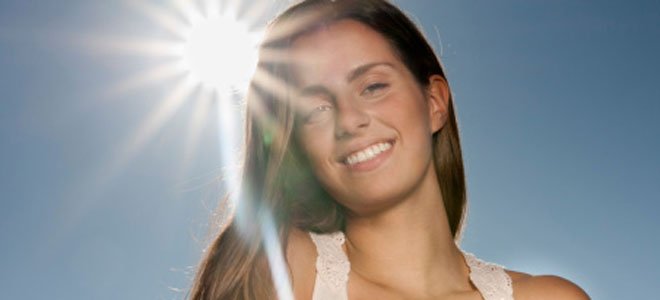Many times we have talked about how seasonal changes influence mood and the main factor that triggers emotional disorders is the lack of light. That’s why seasonal disorder is such a common ailment, appearing in the fall when the days start to get shorter.

A lot could be said about the effect of sunlight on mood from a psychological point of view, which is why we are surprised that light therapy, phototherapy or luminotherapy, has begun to be used to treat depression since as recent as the 1980s.
Light therapy for depression
- But better late than never and nowadays more and more doctors are using this light therapy along with other treatments to overcome depression. The efficacy of phototherapy is so high that there are many who propose it as an alternative to drug treatment to avoid the dreaded side effects of antidepressants.
- It seems that the way to take full advantage of this light therapy is to accompany it with a psychological treatment, preferably cognitive therapy, which re-educates behavior and protects against a possible relapse into depression. In any case, if the psychological treatment needs time to start seeing results, phototherapy presents improvements for the person with depression from the first moment.
- And it is that exposure to a light of regulated intensity, more similar to that produced by the sun but without the drawbacks of ultraviolet radiation, produces an immediate improvement in mood, with which the person who is following the treatment, she becomes more receptive and better assimilates the rest of the treatments for depression
What is light therapy?
- Phototherapy is a simple treatment without side effects that can even be performed at home. There are several ways to receive this light therapy, although the most common are lamps and light boxes and both can be purchased in specialized stores or the Internet, although it is always advisable to start with a professional.
- The light box is placed on a table and the person undergoing the treatment stands in front of it with their eyes closed to receive light, similar to sunlight, protected by a screen that prevents radiation. What you get are all the benefits of light stimulating brain functions.
- It seems that phototherapy gives better results if it is used in the morning in daily sessions that can last from half an hour to two hours. Although it is also convenient to accompany this treatment with simple daily gestures such as keeping the blinds open so that the sun enters or going for a walk in the fresh air whenever possible.
